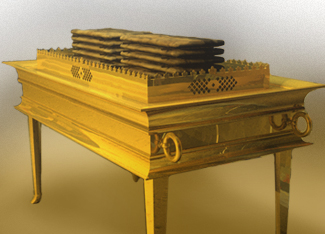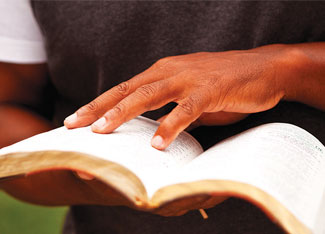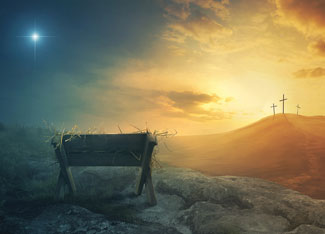STUDY GUIDES
These program study guides were developed by James Rafferty to enrich your understanding of the Salvation in Symbols & Signs program topics. We highly recommend watching the programs as you go through the guides. A link to the matching program is included. As you begin, pray and ask for the Holy Spirit's guidance. We hope these study guides are a blessing to you! Please feel free to share with your friends.

Introduction & Overview to Revelation
Follows Programs #1 & #2
Many believe that the book of Revelation is a book shrouded in mystery; a book so mysterious that only learned men can understand. But Revelation 1:3 says "Blessed is he who reads and those who hear the words of this prophecy, and keep those things which are written in it; for the time is near."
Sanctuary Symbolism
Follows Program #3
How does the sanctuary in the Old Testament help us to understand what the first and second sections of Revelation are about? Let's go to the Bible to inform our understanding of the sanctuary.
Jesus First
Follows Program #4
Everyone will be drawn to Jesus when he is lifted up. Learn about Jesus Christ and you will be able to identify the antichrist. Anywhere with Jesus we can safely go. Follow Him and where He leads and we will have nothing to fear.
Review
Follows Program #5
This review will bring us up to date with our understanding of what tools and principles we can use in our study, instead of just "leaning on our own understanding."
Son of Man
Follows Program #6
Since the book of Revelation is a "revelation of Jesus Christ," we need to understand who He is, and what He is doing behind the scenes for us.
Ephesus - The Love Flame
Follows Program #7
The seven churches are not only churches located in the cities of John's day, buy they also represent the church in all ages from Pentecost to the second coming. This church has ceased to put Jesus first and seems to be doing good works out of a sense of duty and obligation, rather than out of love for Him.

Smyrna - Bittersweet
Follows Program #8
The church of Symrna is one of only two churces that Christ has no correction for. They are poor in this world's weatlth, but they are rich in heaven's faith.

Pergamos - The False Throne
Follows Program #9
Satan's throne is key to understanding the developments taking place in this church period. The Bible identifies where Satan seeks to establish his throne.

Thyatira - Sacrifice of Penitence
Follows Program #10
The fourth church is now represented as Thyatira, meaning "sacrifice of penitence". It represent the period from AD 538 to AD 1517 during which millions sacrificed their lives for their faith.

Sardis - Escaping
Follows Program #11 & 12
This church is described as the "dead church". To Sardis, Jesus says "Be watchful, and strengthen the things which remain, that are ready to die, for I have not found your works perfect before God. Remember therefore how you have received and heard; hold fast and repent." Revelation 3:2-3

Philadelphia - Brotherly Love
Follows Program #12 & 13
The Philadelphian church is one of only two that has nothing written against it. The word Philadelphia means “brotherly love”, and it generally fits this church which describes the church age from 1798 to about 1844.

Laodicea - People Judged
Follows Program #14 & 15
The Laodicean church represents the seventh and final church age of the seven churches. The church is in a spiritual condition that it does not recognize. Laodicea refuses to acknowledge their condition and therefore feels no need of opening the door to Jesus.

The Throne in Heaven
Follows Program #16
This lesson introduces us to the seven seals of Revelation. It also shows us Jesus and His work in the Sanctuary.

The Sealed Book - Part 1
Follows Program #17
As we begin our study of the seals of Revelation, we are first shown a picture of the Lord sitting on His throne, holding a scroll which has writing on both sides.
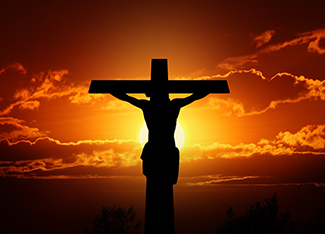
The Sealed Book - Part 2
Follows Program #18
At the cross, Jesus made provision to redeem us all, but it is up to us to accept His redemption, to accept Him as our Savior and Lord.

The White Horse
Follows Program #19
According to Revelation 19, the white horse and its rider represents Jesus Christ and the proclamation of the beautiful gospel message of salvation (Revelation 19:11).

The Red Horse
Follows Program #20
As we continue to gallop along through history with the horses of Revelation, we should take a moment to remember the principles of interpretation.

The Black Horse
Follows Program #21
The Bible uses darkness as a symbol for the power of Satan (Acts 26:17-18). This horse represents people who choose darkness over light (John 3:19-21).

The Pale Horse
Follows Program #22
Here we take a look at the pale horse, which is closely connected to the age of spiritual darkness and it brings spiritual death. This church looks alive on the outside, but is lacking spiritual life because the knowledge of the saving blood of Jesus is missing.

The Four Horses
Follows Program #23
Recap of the four horses. To help further understand these horses, we will take a look at the parable of the sower in Matthew 13.
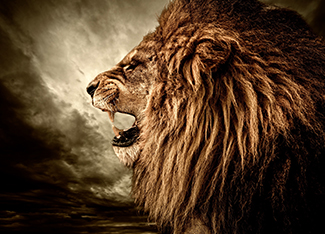
The Fifth Seal
Follows Program #24
The seals are a timeline of consecutive history, just like the Churches, we can expect events in this seal to be a continuation of the black and pale horses. False doctrines, forced worship, torture, death for heretics, and extortion of money to get out of purgatory dominated the Christian religion. This period lasted from A.D. 538 to A.D. 1798.

The Sixth Seal
Follows Program #25
Many modern interpreters of the Bible make wild predictions regarding the events in this seal, as though they are about to happen.

The 144,000, Part 1
Follows Program #26
Revelation 7 is an interlude—or interruption of sorts—to the seven seals. The whole chapter is dedicated to answering the question that hangs suspended in the last verse of chapter 6: “Who shall be able to stand?” Revelation 6:17.
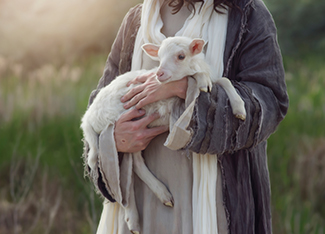
The 144,000, Part 2
Follows Program #27 & #28
In Revelation 14:1-5 there are eight basic characteristics of the 144,000 that can be identified biblically and applied to every generation of God’s faithful people.

The Seal of God
Follows Program #29
What is the seal of God? Let's put the pieces together by starting in Ephesians 1:13-14.

Intro to the Trumpets, Part 1
Follows Program #30
“And I saw the seven angels who stand before God, and to them were given seven trumpets.” REVELATION 8:2.

Intro to the Trumpets, Part 2
Follows Program #31
In this second part of our introduction to the trumpets, we want to remind ourselves that trumpets in the Bible indicate several things: to get people’s attention, to signal in battle or war, and to call for repentance and atonement.

Intro to The Trumpets, Part 3
Follows Program #32
In our last lesson, we were examining Revelation 8:5. There we found around God’s throne were noises, thunderings, lightning, and earthquake. How can this apply to a throne?
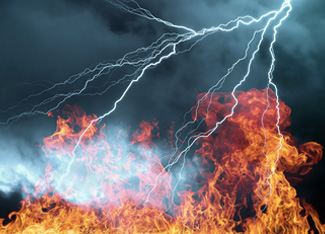
The First Trumpet
Follows Program #33
The first angel sounded: And hail and fire followed mingled with blood, and they were thrown to the earth. And a third of the trees were burned up, and all green grass was burned up.”
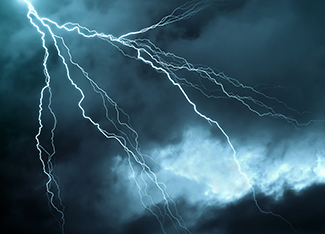
Prophetic Review, Part 1
Follows Program #34
The book of Revelation is built on four cycles of seven. There are the seven churches, seven seals, seven trumpets, and seven vials, which deal with God’s final judgments on the world.

Prophetic Review, Part 2
Follows Program #35
As we have seen, a mountain represents a nation. A burning mountain represents a nation on which the judgments of God have fallen (Jeremiah 51:25).

The Fourth Trumpet
Follows Program #36, #37
As we did in our previous lesson, we will start with an analysis of the various verbal illustrations found in our text.

The Fifth Trumpet
Follows Program #38, #39
As a recap, the third trumpet dealt with the sweetness of the gospel turned into bitterness in the form of wormwood, and the fourth trumpet dealt with the turning of light into darkness.

The Sixth Trumpet
Follows Program #39, #40
We can know that the events taking place under the sixth trumpet must be before 1844. Find out why.

The Little Book
Follows Program #41
At this time in our prophetic study, we are moving through the Dark Ages into a time of increasing light. The Protestant Reformation has been ongoing, and greater light from the Bible is now shining forth.
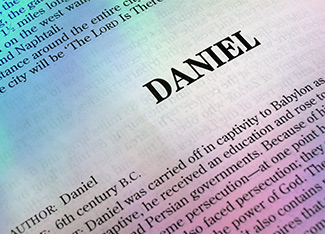
The Great Disappointment
Follows Program #42
1844 was an exciting year, find out why there was a great disappointment.

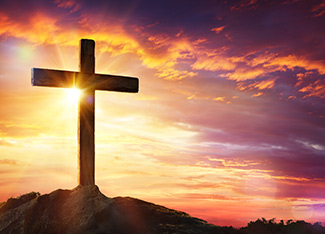

The Two Witnesses
Follows Program #45
We pick up our study where we left off in our last lesson, with the description of the two witnesses, the two olive trees, and the two lampstands.
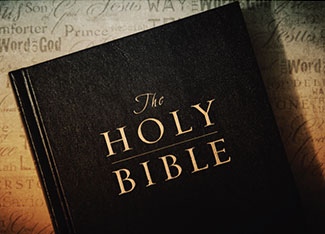
The Two Witnesses, Part 2
Follows Program #46
We learned that the two witnesses are the Old and New Testaments–the Holy Spirit inspired Word of God.
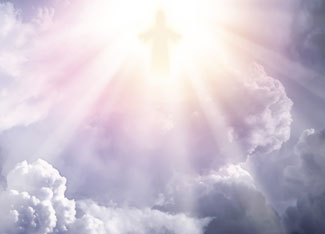
The Third Woe
Follows Program #47
The second woe is past… the third woe is coming quickly.” Revelation 11:14 tells us that we are back on track after an interlude of sorts in the sequence of the trumpets and woes.

The Woman
Follows Program #48
From the very beginning God has used the woman as a symbol of His church (see Genesis 3:15). In fact, the woman is used consistently through the Scriptures to represent either God’s church or an apostate church (2 Corinthians 11:2; Ephesians 5:31, 32; Revelation 17:3-6).
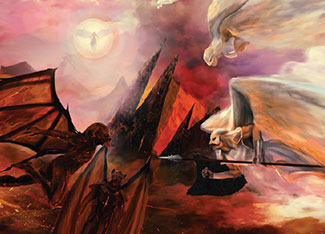
The War
Follows Program #49
The great act of God’s love manifested on Calvary is designed to cast the devil out of the hearts and sympathies of humanity forever.

The Victory
Follows Program #50
The devil has been misrepresenting God’s character from the beginning of his war against God in heaven. The devil was physically cast out of heaven by Michael, but he brought his deceptions to Eve in Eden and they took hold. Our protection against the devil’s deceptions is the Word of God.

Short Time
Follows Program #51
“...Woe to the inhabitants of the earth and the sea! For the devil has come down to you, having great wrath, because he knows that he has a short time.” REVELATION 12:12.
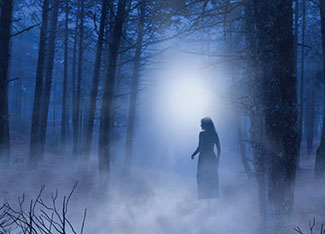
The Woman in the Wilderness
Follows Program #52
We begin this study in Revelation 12 with another question from a viewer. Question—What are the seven Spirits before the throne in Revelation 4:2, 5?
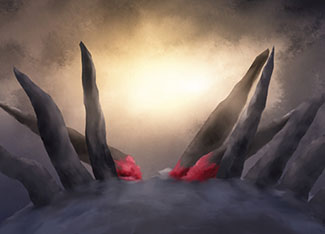
The Sea Beast
Follows Program #53
We begin this study in Revelation 12 with another question from a viewer. Question—What are the seven Spirits before the throne in Revelation 4:2, 5?
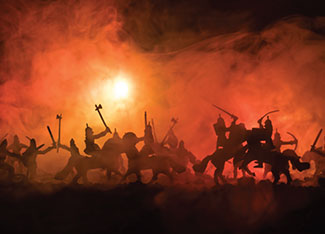
The Abomination Of Desolation
Follows Program #54
We continue this study in Revelation 13 with another question from a viewer.
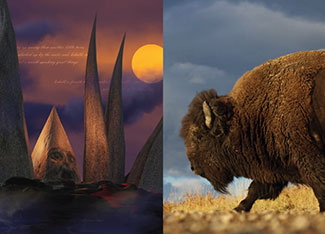
The Beasts Of Revelation 13
Follows Program #55
The devil cannot resurrect the dead. He has no power to do this, yet he and his fallen angels are able to come in the guise of people.
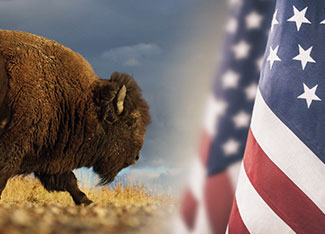
America In Prophecy
Follows Program #56
In this study we are going to be taking a closer look at the land beast in Revelation 13. This study will help us understand from a biblical perspective its relationship to America in prophecy.

Unmasking The Mark Of The Beast - 1 & 2
Follows Program #57, #58
In this study we are going to be taking a closer look at the balance between church and state.

Unmasking The Mark Of The Beast - Part 3
Follows Program #59
We are going to continue our study in Revelation chapter 13, where the issue is worship. The question we have so far discovered is who we will worship: God or the two earthly powers symbolized as “beasts” from the “sea” and from the “earth (Revelation 13:1, 11; Daniel 7:17, 23).

The Everlasting Gospel
Follows Program #60
In Revelation 14, we find a message called the “everlasting gospel.” Under this heading, a series of announcements given by three angels follow: fear God, give glory to Him, the hour of His judgment has come, worship Him, Babylon is fallen, do not worship the beast or receive his mark on the forehead or on the hand.
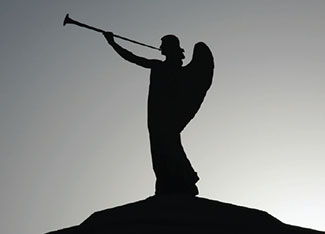 The First Angel’s Message
The First Angel’s MessageFollows Program #61
In Revelation chapter 14, we find messengers heralding the Everlasting Gospel that is to be preached to the entire world before Jesus returns. The word gospel means “good news” or “glad tidings.”
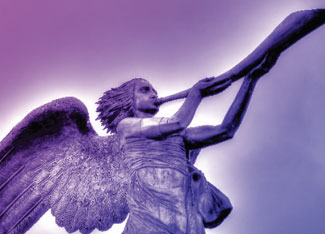 The Second Angel’s Message
The Second Angel’s MessageFollows Program #62
Before we move past the Everlasting Gospel to the second angel’s message, we have two more phrases that belong to the message of the first angel.
 The Faith of Jesus
The Faith of JesusFollows Program #63
The faith of Jesus was imparted to the world on the cross. We keep the faith of Jesus because Jesus has given it to us through His unmerited love.
 The Seven Last Plagues
The Seven Last PlaguesFollows Program #64
Revelation 15 begins in verse one with an introduction to the seven last plagues. Then in verses two through four, we have an aside that takes us to another picture of those who sing the song of Moses and that Lamb.
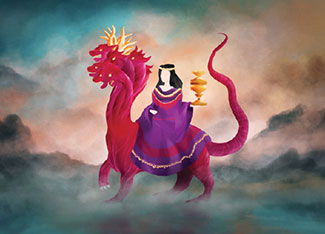 The Harlot and the Seven Kings
The Harlot and the Seven KingsFollows Program #65, #66
A “woman” in Bible prophecy represents a church. God likens His people, His church, unto a “comely and delicate woman” (Jeremiah 6:2) and to a cherished betrothed bride (Isaiah 54:5-6; Hosea 2:19-20; John 3:29; 2 Corinthians 11:2; Revelation 19:7-8).
 The Fall of Babylon
The Fall of BabylonFollows Program #67
These verses are a reminder to us of God’s persistent efforts to call all of His honest-hearted people out of Babylon before He brings judgment upon it.
 The Marriage And The Millennium
The Marriage And The MillenniumFollows Program #68, #69
God calls heaven and earth to rejoice over the fall of Babylon, the spiritual, political, and economic system that has destroyed the earth.
 Everlasting Burning, The New Jerusalem, & The Glorious Finale
Everlasting Burning, The New Jerusalem, & The Glorious FinaleFollows Program #70, #71, #72,
The beast and the false prophet are earthly powers, specifically the two earthly religious/political systems that enforced the mark of the beast just before the second coming of Jesus.
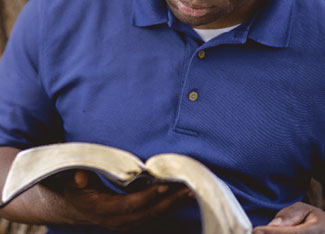 Introduction to Daniel Parts 1 & 2
Introduction to Daniel Parts 1 & 2Follows Program #73, #74, #75,
This first chapter reveals the way of the cross. God humbles Himself before the nations by allowing His people who are called by His name to be taken captive by the Babylonians.
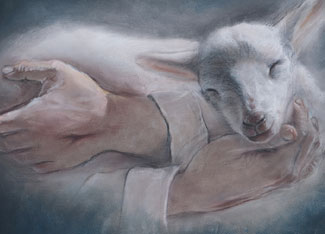 Daniel 1 – Parts 1-3
Daniel 1 – Parts 1-3Follows Program #76, #77, #78,
In addition to Daniel, we are going to look at Isaiah, Jeremiah, and Ezekiel, three books that give us a picture of the history of Israel leading up to the captivity of God’s people.
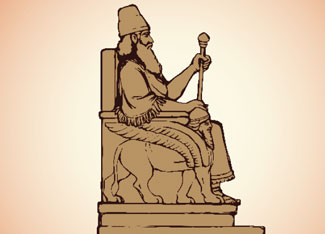 Daniel 2 – Parts 1-5
Daniel 2 – Parts 1-5Follows Program #79, #80, #81, #82, #83
God had humbled Himself before the nations and now He is about to be exalted above the nations through a dream.
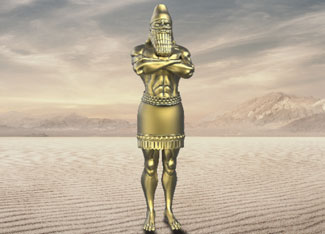 Daniel 3 – Parts 1-3
Daniel 3 – Parts 1-3Follows Program #84, #85, #86
In Daniel 2, Nebuchadnezzar had been on fire for God, openly confessing that Daniel’s God was the God of gods.
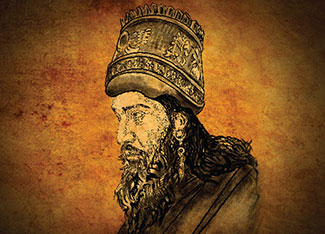 Daniel 4 – Parts 1 & 2
Daniel 4 – Parts 1 & 2Follows Program #87, #88
Often it is when we are caught up in a false security that God allows our lives to be troubled. This was the case with King Nebuchadnezzar, who was about to share how God worked to bring him a genuine salvation experience. Even his greeting, “peace be multiplied unto you,” indicates that things had changed for the once proud king.
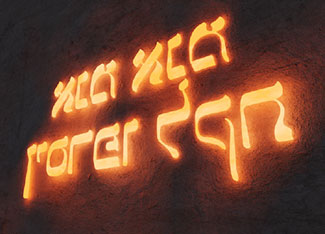 Daniel 5 – Parts 1 & 2
Daniel 5 – Parts 1 & 2Follows Program #89, #90
Everything in the government of Babylon under Belshazzar is falling apart, and yet this grandson of Nebuchadnezzar is focused on having a party.
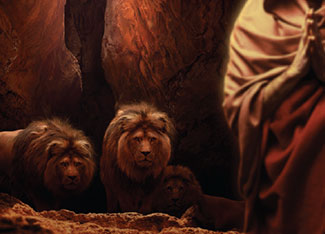 Daniel 6 – Parts 1 & 2
Daniel 6 – Parts 1 & 2Follows Program #91, #92
Daniel, once a major player in the administration of the Babylonian government, is now placed in a similar role in the Medo-Persian kingdom.
 Daniel 7 – Parts 1 - 3
Daniel 7 – Parts 1 - 3Follows Program #93, #94, #95
Here we have a second dream or vision. It corresponds with the vision given to Nebuchadnezzar of the four earthly kingdoms leading down to God’s everlasting kingdom.
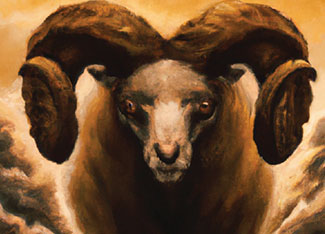 Daniel 8 – Parts 1 - 3
Daniel 8 – Parts 1 - 3Follows Program #96, #97, #98
The vision in Daniel 8 was given before Babylon fell to Medo Persia, as recorded in Daniel 5. In historical order, Daniel 8 belongs between Daniel 4 and Daniel 5, even though chronologically Daniel 8 comes after Daniel 7.
 Daniel 9 – Parts 1 - 3
Daniel 9 – Parts 1 - 3Follows Program #99, #100, #101
Leviticus 26 sets us up for understanding Daniel 9. God promised mankind the Messiah in Genesis 3. God promised the land of the Canaanites, a land flowing with milk and honey, to Abram and His descendants in Genesis 12.
 Daniel 9 – Parts 4
Daniel 9 – Parts 4Follows Program #102
Luke is the historian who is putting together dates and names for us so that we can authenticate the birth, life, and death of Jesus Christ. From Luke’s historical gospel account, Jesus Christ is born under the reign of Augustus Caesar.
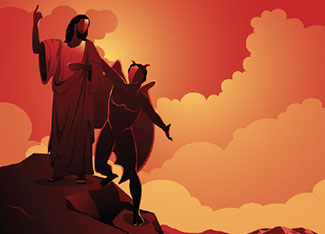 Daniel 10 – Part 1
Daniel 10 – Part 1Follows Program #103
Daniel 10 is overlooked by many students of Bible prophecy, yet if the prophecies of Daniel are like food, then Daniel 10 would be like vegetables. There’s a lot of spiritual nutrition in this chapter.
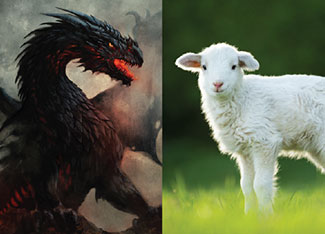 Daniel 10 – Part 2
Daniel 10 – Part 2Follows Program #104
Here we find a prophetic and biblical picture of the great controversy between light and darkness. Good angels and evil angels are pressing in to influence the decisions of human beings.
 Daniel 11 – Parts 1 - 3
Daniel 11 – Parts 1 - 3Follows Program #105, #106, #107
Daniel 11 begins with the same kingdom as Daniel 8: the Medo-Persian Empire. Just as with the previous visions of Daniel 2, 7, and 8, Daniel 11 moves through the earthly kingdoms consecutively, beginning with Medo Persia, then Greece, and finally Rome.
 Daniel 11 – Part 4
Daniel 11 – Part 4Follows Program #108
The Apostle Paul quotes Daniel 11:36 in the New Testament. This will help us identify the power being spoken of here as a continuation of the little horn power or the papacy. Let’s take a look.
 Daniel 11 – Part 5
Daniel 11 – Part 5Follows Program #109
Now we come to a major shift in prophetic history. Verse 40 takes us to an amazing era designated as the “time of the end.” We will find this is the very time in which we live.
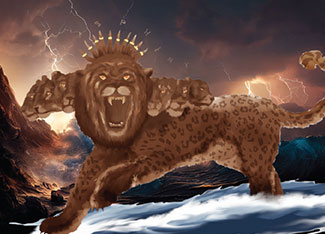 Daniel 11 – Part 6
Daniel 11 – Part 6Follows Program #110
Revelation 13 mirrors Daniel 11. God takes us back to the four prophetic visions of Daniel in the sea beast of Revelation 13:1.
 Daniel 12 – Part 1
Daniel 12 – Part 1Follows Program #111
We are going to walk back a bit and review Daniel 12:1. We’ll spend some time seeking to understand the special warning that is enclosed in this verse by comparing it with Malachi 3:15-18.
 Daniel 12 – Part 2
Daniel 12 – Part 2Follows Program #112
Biblically understood to mark the completion of the prophetic “day-for-a-year” periods given in Daniel 12, the “time of the end” began in 1798. It denotes a time when knowledge, both scriptural and technological, would be increased.

